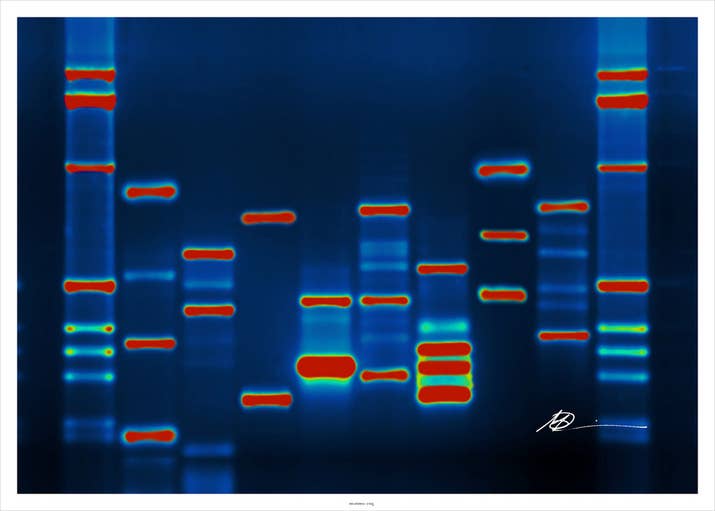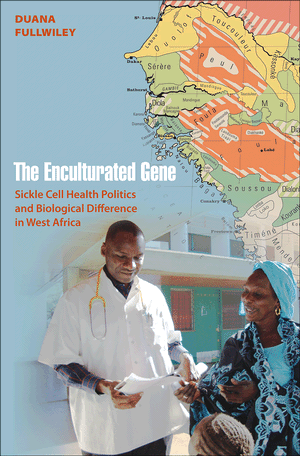Racial Categories in Medical Practice: How Useful Are They?
PLoS Medicine
Volume 4, Number 9 (September 2007)
pages 1423-1428
DOI: 10.1371/journal.pmed.0040271
Lundy Braun
Departments of Pathology and Laboratory Medicine and Africana Studies
Brown University, Providence, Rhode Island
Duana Fullwiley, Assistant Professor of African and African American Studies and of Medical Anthropology
Harvard University
Anne Fausto-Sterling
Department of Molecular and Cellular Biology and Biochemistry, Program in Women’s Studies, and Chair of the Faculty Committee on Science and Technology Studies
Brown University, Providence, Rhode Island
Evelynn M. Hammonds, Senior Vice Provost for Faculty Development and Diversity
History of Science and of African and African American Studies programs
Harvard University, Cambridge, Massachusetts
Alondra Nelson
Departments of Sociology and African American Studies
Yale University, New Haven, Connecticut
William Quivers
Department of Physics
Wellesley College, Wellesley, Massachusetts
Susan M. Reverby
Women’s Studies Department,
Wellesley College, Wellesley, Massachusetts
Alexandra Shields
Harvard/MGH Cente on Genomics, Vulnerable Populations and Health Disparities,
Massachusetts General Hospital
Harvard Medical School, Boston, Massachusetts
The Trouble with Race
Is it good medical practice for physicians to “eyeball” a patient’s race when assessing their medical status or even to ask them to identify their race? This question was captured in a 2005 episode of “House M.D.,” Fox television’s medical drama. In the episode, a black patient with heart disease refuses a hospital physician’s prescription for what is clearly supposed to be BiDil, the drug approved by the United States Food and Drug Administration only for “self-identified” African-Americans. Dr. House, on seeing the patient for followup, insists on the same prescription. The patient again refuses, telling House, “I’m not buying into no racist drug, OK?” House, a white physician asks, “It’s racist because it helps black people more than white people? Well, on behalf of my peeps, let me say, thanks for dying on principle for us.” The patient replies, “Look. My heart’s red, your heart’s red. And it don’t make no sense to give us different drugs.” Who is right here, House or his patient? And what does this episode tell us about the way race plays itself out in the physician-patient clinical encounter? What of clinical importance can be learned by making a quick racial assessment? That an ACE (angiotensin-converting enzyme) inhibitor may not be effective? That screening for sickle cell anemia is a waste of time? Sorting patients by race may seem useful during a time constrained interview, but we argue that acting on rapid racial assessment can lead to missed diagnoses and inappropriate treatments…
Racial Categories Are Historical, Not Natural
…Racial definitions are historically and nationally specific. In her comparison of the history of racial categories in the US and Brazilian census from the late 18th century to the present, political scientist Melissa Nobles demonstrated that categories emerge and are deployed in different ways over time. For example, during the mid-19th to the early 20th centuries, at the height of US anxiety about “miscegenation,” categories such as “mulatto” were vehicles for expressing and containing cultural anxiety about racial purity. Bolstered by scientific ideas about race, data collected on the numbers of “mulattoes” were shaped by the desire to prove that “hybrids” would die out…
…A dark-skinned, curly-headed person who identifies as African American may, indeed, have much in his or her history and upbringing to justify that identification. But he or she may also have a white grandparent and several Cherokee ancestors. Thus, returning to the example of glaucoma, it is more important to know a patient’s family history than to assess his or her race. And collecting family history ought to mean not only compiling a list of which diseases family members have, but making some attempt to assess common (familial) habits such as diet and life experiences (e.g., first- versus second-generation immigrants, living conditions, or same versus widely varied work experience and geographical locations). Similarly, when the history of passing for white is ignored, those who identify themselves as “white” are assumed to have no ancestral “black blood.” Finally, immigration patterns constantly change. A “black” person walking into a Boston, Massachusetts clinic could easily be the child of a recent immigrant from Ethiopia or Brazil who has a genetic makeup as well as cultural and environmental exposures that differ significantly from the descendents of 19th century US slaves from the western coast of Africa…
Read the entire article here.




